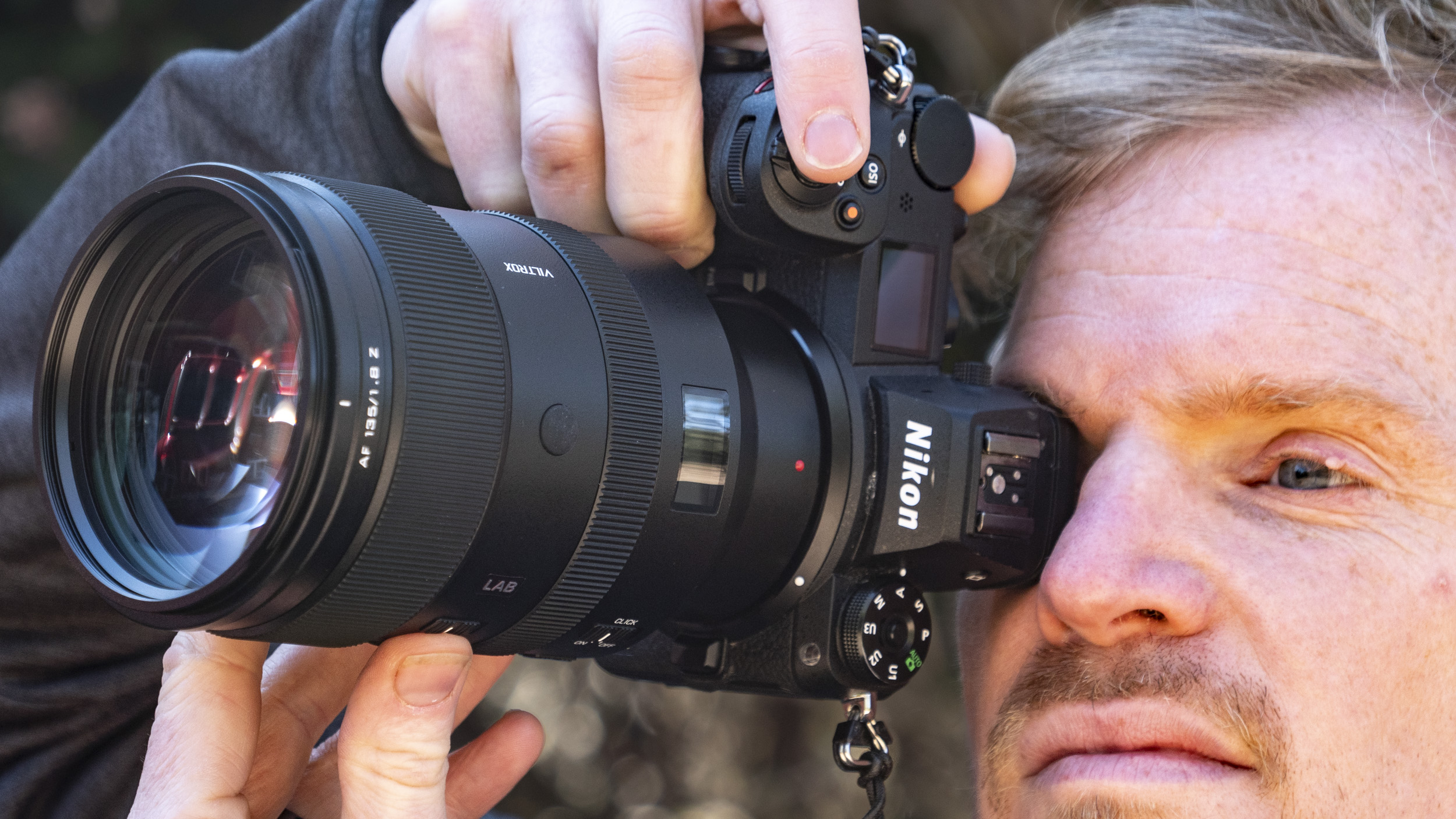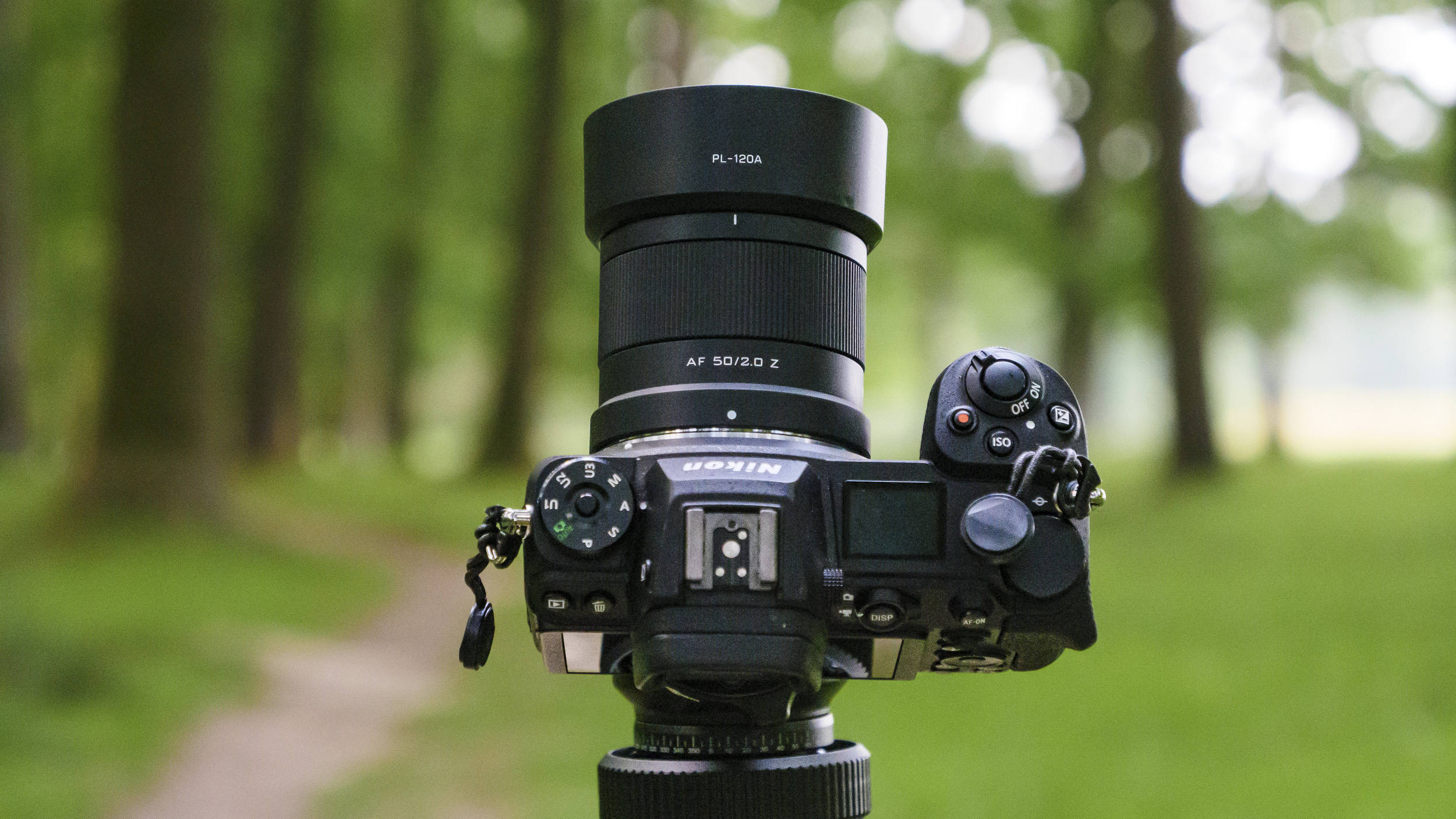Is it time for you to try third-party Chinese lenses? I’m on my third for Sony and Nikon mirrorless cameras, and couldn’t be more impressed
Low price or high-quality? You can now get both!

There's no two ways about it – camera gear is expensive in 2025. The best mirrorless cameras can cost in the thousands, and you'll want a top lens in addition to that, which could set you back even more.
Case in point: when I first picked up a full-frame Nikon, the Z6 II, I also splashed out on Nikon's own Z 24-70mm f/2.8 S zoom too. The lens costs more than the camera body, and the same principal applies to entry-level cameras and suitably matched lenses.
I couldn't be happier with the performance, versatility and quality of that pro lens, which is still one of the best Nikon Z lenses today. However, the initial outlay was huge, and I knew those would be the only additions to my camera bag for the foreseeable.
Fast forward a couple of years and I was really getting impatient for another bit of glass. As much as I liked my zoom lens, I really needed a fast prime, especially given how often I photograph events and portraits.
It was another Nikon lens that topped my wish list – the stunning Nikon Z 135mm f/1.8 S Plena. It's a five–star-quality lens made in Japan, with a hefty price tag beyond my own justifiable means.
So what could I do? The same as any other Sony, Canon, Nikon and Fujifilm shooter with limited means – consider a low-cost third-party lens from China instead.

Coming of age
I think many camera owners count out Chinese lenses for quality reasons. After all, you get what you pay for, right? So how could anything so cheap be any good?
Sign up for breaking news, reviews, opinion, top tech deals, and more.
That used to be the case. Third-party lenses from Japanese brands such as Sigma, Tamron and Tokina have long been good alternatives to first-party glass, but the best of them have been pretty pricey in their own right.
The South Korean company Rokinon (known as Samyang outside the US) shook things up a bit, offering lenses at a far cheaper price point, and some were pretty good. I remember a certain 20mm prime for DSLRs being particularly popular with astrophotographers, thanks to its impressive optical quality and bright maximum aperture.
Back then, though, they couldn't properly rival proprietary lenses, at least for most people. For example, they were all manual focus-only lenses, including that 20mm, and rarely weather-sealed. Personally, I owned Nikon's F-mount 20mm f/1.8 G and it featured autofocus – it cost me three to four times the price.
As the years have passed, several Chinese third-party lens makers, including Laowa and Viltrox, have joined the party. What were drawbacks previously in opting for a Chinese lens instead of one from Japan are seemingly no more; autofocus, optical quality, handling and build quality are all there.
It was the Viltrox 135mm F1.8 Lab that felt like a watershed moment, at least for me. The first in a new series of pro 'Lab' lenses, Viltrox's 135mm lens is strikingly similar to my dream Nikon Plena lens, but it's much, much cheaper – only 30% of the cost, while it's half the price of Sony's equivalent lens.
Yes, this was a lens that I could afford, with the quality and performance that I hoped for.

What to buy (and what you can't, yet)
You can still opt for a Japanese-made lens and save money – Sigma has long been a superb brand-alternative, for around half the price. I love its quartet of f/1.4 primes for APS-C, which are part of a 'Contemporary' series that also includes excellent value f/2.8 zooms.
But the Chinese lens maker Viltrox is even cheaper. I've not personally reviewed all of Viltrox's lenses, but the 85mm f/1.8 is a lovely half-the-price prime, the new 50mm f/2 Air is a lightweight and budget lens ideal for as a first prime, while Viltrox's 135mm F1.8 Lab is a pro beast, even if it is a little heavy and its autofocus a tad sluggish.
Those three primes serve different needs for me, plus there are plenty more Chinese lenses to consider. We're currently reviewing the Viltrox 35mm F1.2 Lab lens and the early signs are super positive.
That said, it's not a clean sweep for cheap, and there are reasons to pay big for a proprietary lens from Japan – a key one of those is choice.
To date, Sony, Canon, Nikon, Fujifilm and more, still make a wider range of high-quality lenses for their own cameras. The next step for the likes of Rokinon (Samyang) and Viltrox is to make decent zoom lenses – currently the best I'm seeing are all primes.
However, I expect zoom lenses to be the next frontier for Chinese lens makers to conquer. For now, Chinese lenses like the above primes can match pricier proprietary equivalents, all for a fraction of the price. You really can get more than what you pay for.

You might also like
- Viltrox is changing the game for camera lenses, with its latest premium prime matching Sony’s best for half the price
- Sigma just reinvented a classic lens loved by indie filmmakers like me – and it has one big improvement
- You don't need to spend big on lenses - I took the best pictures of my life with a super-cheap autofocus Viltrox

Tim is the Cameras editor at TechRadar. He has enjoyed more than 15 years in the photo video industry with most of those in the world of tech journalism. During his time as Deputy Technical Editor with Amateur Photographer, as a freelancer and consequently editor at Tech Radar, Tim has developed a deeply technical knowledge and practical experience with cameras, educating others through news, reviews and features. He’s also worked in video production for Studio 44 with clients including Canon, and volunteers his spare time to consult a non-profit, diverse stories team based in Nairobi. Tim is curious, a keen creative, avid footballer and runner, and moderate flat white drinker who has lived in Kenya and believes we have much to enjoy and learn from each other.
You must confirm your public display name before commenting
Please logout and then login again, you will then be prompted to enter your display name.